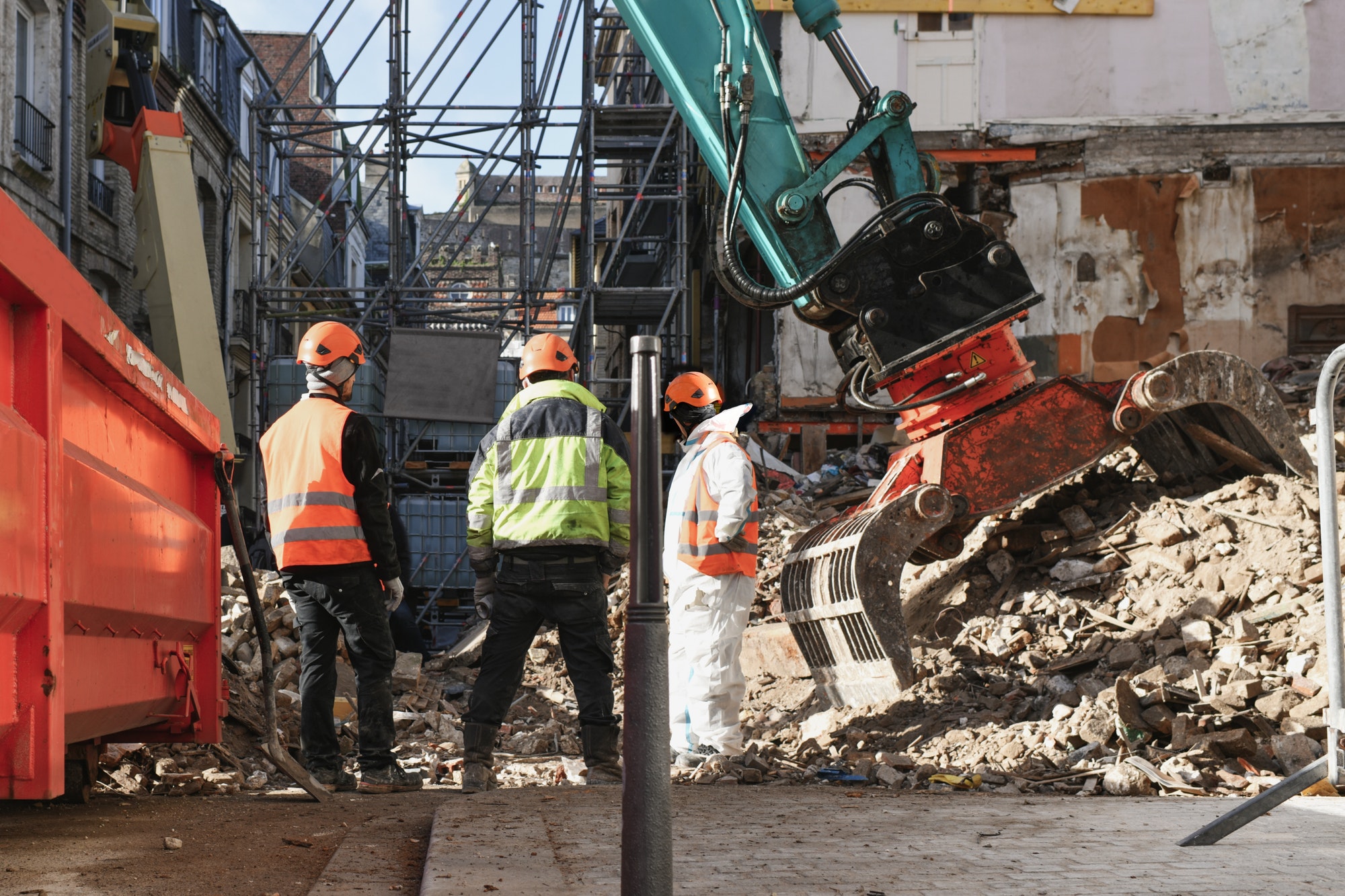Let’s dive into how Japan deals with the big shakes – their earthquakes. We’re focusing on what happens after a massive 7.5 magnitude earthquake, looking at both the cool, heroic rescue missions and the long-term game plan for a country that’s always dancing with tremors.

Right After the Quake: All Hands on Deck
Elderly Lady Pulled from the Wreckage
Imagine finding someone’s grandma alive under a pile of broken buildings five days after everything shook apart. That’s what happened here, and it’s a big shout-out to the rescue teams who never give up. These stories keep everyone’s hopes up and show just how vital a speedy and never-say-die attitude is in these situations.
The Race to Find Survivors
The first 72 hours after an earthquake are like a ticking clock for rescue teams. They’re digging through the mess, flying into cut-off areas, and doing their best to find and help as many people as possible. It’s a risky and tough job, especially with all the aftershocks and messed-up weather making things extra tricky.

The Bigger Picture: Staying Ready and Fixing Things
Earthquake-Proof Buildings and Drills
Japan’s got rules to make buildings tougher and a lot of plans on what to do when the earth starts dancing. Despite all that, big quakes can still knock things down hard. It’s a constant battle to build stronger and smarter, making sure everyone knows what to do when the ground starts rumbling.
Helping Out Those Who Need It Most
After everything calms down, lots of people end up in temporary shelters, missing the basics like power and water. It’s especially tough for the elderly and anyone already dealing with health issues. Getting these services back and looking after the most vulnerable is super important in getting things back to normal.
Wrapping It Up
Japan knows its earthquakes, and every time one hits, they’re all about bouncing back faster and stronger. The goal isn’t just cleaning up; it’s learning and getting better prepared for the next rumble. As tech gets better and we understand more about how earthquakes work, there’s more hope for keeping everyone safe and sound when the ground starts to shake again.

FAQ: Understanding Earthquake Survival and Response in Japan
Why are earthquakes so common in Japan?
Japan sits on the “Ring of Fire,” an area with a lot of seismic activity due to the movement of tectonic plates beneath the Earth’s surface. This means Japan gets more than its fair share of earthquakes and has had to adapt to this reality.
How are buildings in Japan made to withstand earthquakes?
Japan has some of the strictest building codes in the world. Buildings are designed with deep foundations and flexible structures that can sway without collapsing. Some even have advanced tech like shock absorbers and devices that lift the building off its foundation during a quake!
What should you do if you’re caught in an earthquake?
Drop, cover, and hold on! Get under sturdy furniture, protect your head and neck, and stay away from windows. If you’re outside, stay clear of buildings and other structures. And if you’re in Japan, follow any additional instructions from local authorities or safety drills you’ve learned.
How do the Japanese train for earthquakes?
Regular drills and public education campaigns are a big deal. Schools, offices, and even neighborhoods participate in earthquake simulations, learn first aid, and are taught how to use emergency equipment. This way, when a real quake hits, people know what to do.
Why is the 72-hour period after an earthquake critical for rescues?
The first 72 hours are crucial because the chances of finding survivors are highest. As time goes on, trapped individuals may face more severe dehydration, injuries, or other complications. Quick response teams focus on saving as many lives as possible during this “golden window.”
How does Japan help those affected after an earthquake?
Japan has a system for setting up emergency shelters, restoring basic utilities, and providing medical care. There’s also a lot of community support, with volunteers and donations flowing in to help those hit hardest by the quake.
Can technology predict earthquakes?
While there’s no way to predict exactly when an earthquake will happen, Japan has some of the most advanced early warning systems in the world. These systems can detect tremors and give a few seconds to a minute’s warning before the shaking starts, which can be crucial for safety measures.
Sources BBC


